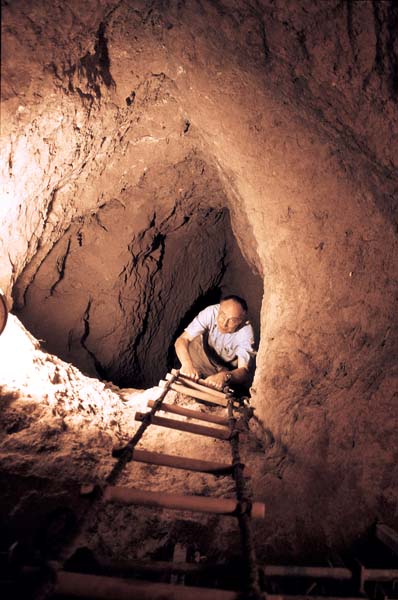Did Ancient Jerusalem Draw Water Through Warren’s Shaft?

In 1867 the British engineer and explorer Charles Warren discovered a 52-foot vertical shaft, now called Warren’s Shaft in his honor, that for many scholars provided the key to unlocking the mystery of King David’s conquest of Jerusalem in about 1000 B.C.E.: By scrambling up this chimney-like shaft, which connected to Jerusalem’s water supply, the Gihon Spring, David’s general Joab secretly got inside the well-defended city and was able to unlock the gate for the invading Israelite forces. The Bible has David himself saying that whoever would attack the city’s defenders, let him get up the tsinnor, most commonly translated “water shaft.”a Here, perhaps, was the actual water shaft through which Joab entered the city and surprised the Jebusites.
Aside from the philological question of whether tsinnor meant water spout (scholars suggested a number of other possibilities, including penis), the debate focused on whether it would have been possible for Joab to negotiate the ascent of this vertical chimney.
Already a library member? Log in here.
Institution user? Log in with your IP address.

